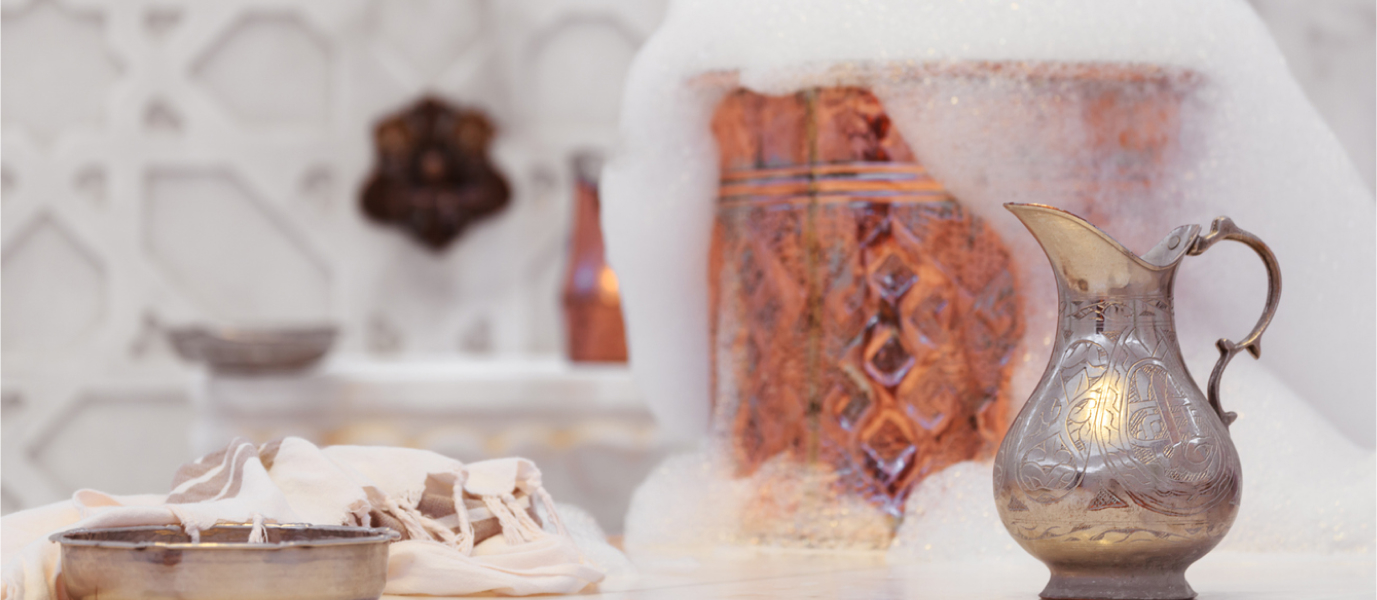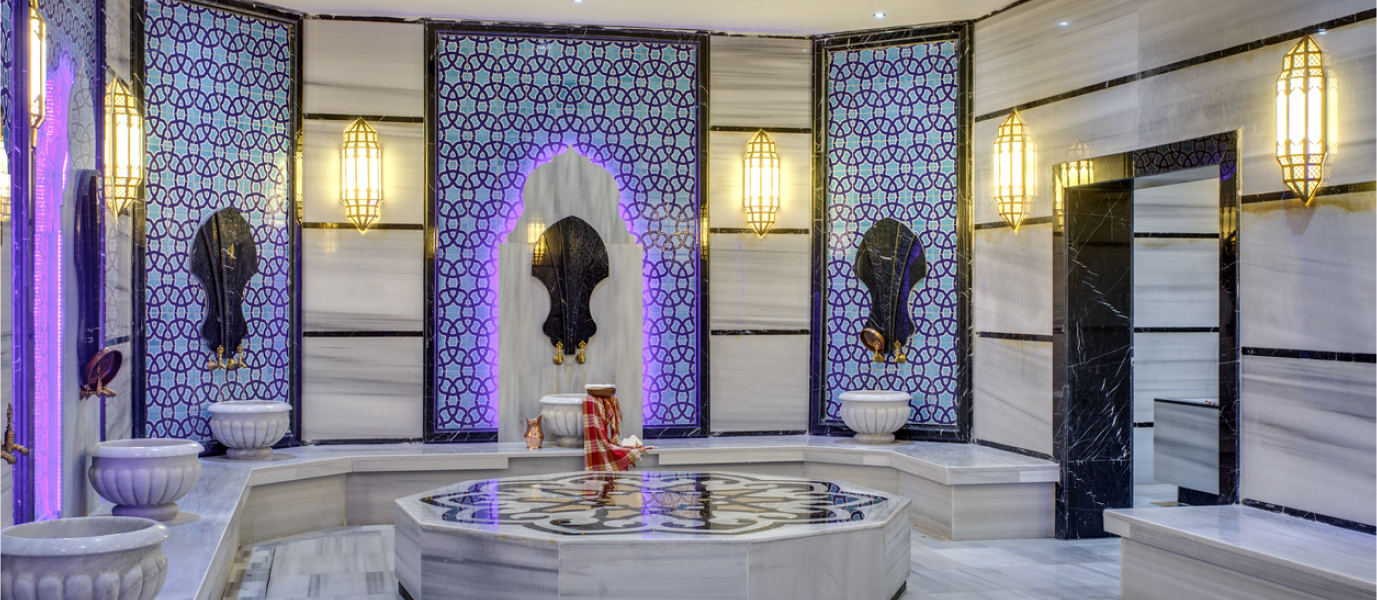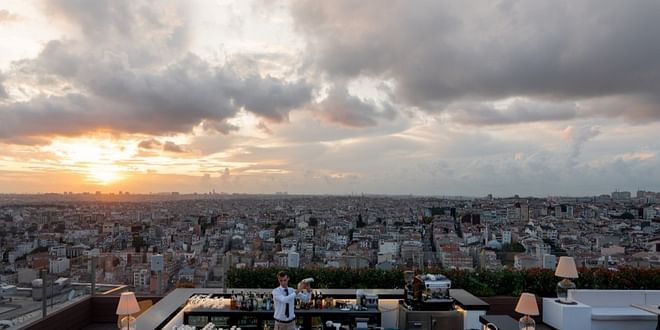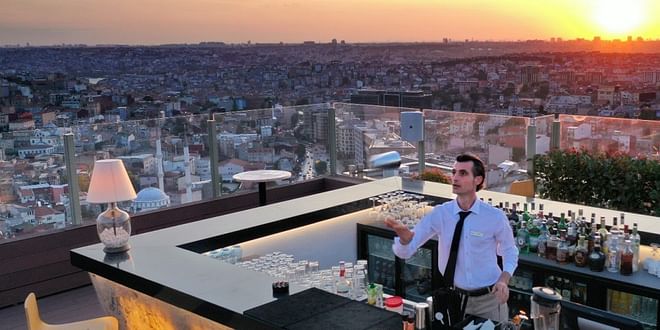The hustle and bustle of Istanbul can get really stressful. However, among the souks, the insatiable stall keepers and the chaotic traffic of the former capital of the Ottoman Empire, lies real oases of peace and for relaxation. A perfect place for forgetting all your cares and cleansing your body and mind. These are the famous hammam, also known as Turkish baths.
After the success of the Roman baths came Turkish baths. They spread throughout the whole Medieval Islamic world. Not only were they a place for cleansing the body but they were also a social and even political meeting point. They arrived in Spain with the Arabian occupation of the Iberian Peninsula; however, Isabella the Catholic banned them in order to put a stop to the homosexual activity which took place inside them. In the eighteenth century, there were over 150 baths in Istanbul. Indeed, they became so popular that by the middle of the nineteenth century they were already widespread in western Europe.
What is a Turkish bath?
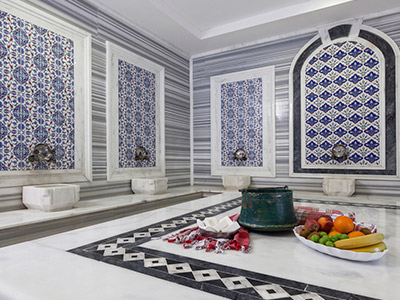
A hammam is a steam bath which cleanses and relaxes the body. This is also the name of the building where the bath takes place. The most traditional ones are usually decorated with marble, since this material preserves the heat, and impressive architectural items of great cultural value. Most have, at least, 4 rooms and are divided into spaces for treatments for men or women. In the first, the warm room, the body starts to relax with a continuous flow of warm air. One then goes on to the hot room after which the body is immersed in a cold pool. Afterwards, the body is cleansed and rubbed. This is followed by a massage and finally one goes on to the cold room to round off the relaxation experience.
It must be stressed that a Turkish massage consists in soaping and rubbing the whole body over a slab of warm marble, vigorously enough to remove any dead skin. This is carried out by the tellak (for men) and the natir (for women), who normally use kessa gloves (exfoliants) and sponges. Normally, on entering the hammam some wooden clogs are provided as well as a futa or peshtemal, a fine cloth used as a towel which is worn around the waist. Massages are given nude and vigorously.
Best Turkish baths in Istanbul
Most Turkish baths in the city are tourist-orientated nowadays. Some are traditional and historical while others are new and modern. You have several options to choose from. So be mindful of our advice.
Hammam Cemberlitas
This is perhaps the best known one in Istanbul. It is located in the old quarter of the city, next to the Grand Bazaar, and was built by the architect Sinan in 1584. This architect was the most famous in the Empire. He built many mosques in the city, among which was the impressive Suleimaniye Mosque.
The bath has different rooms for men and women, and provides a range of treatments together with the usual procedure.
Aga Hamani
Built in 1454 for the exclusive use of the Sultan Mehmed the Conqueror and his children, this hammam provides basic services, traditional Turkish massages and even face masks. It is located near Taksim Square and on Wednesdays afternoons and evenings it is exclusively for men.
Hammam Cagaloglu
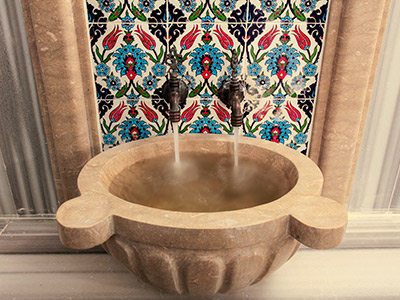
This Turkish bath is considered to be the last historic hammam built in Istanbul. It was built in 1741, and even today it still has its beautiful domes with gaps which let light in, its fountains and the large marble stone in the centre. It is close to the Hagia Sophia.
Suleymaniye Hammam
This is one of the oldest Turkish baths in Istanbul. It was designed by Sinan in the Suleiman the Magnificent period and was part of the Suleimaniye Mosque complex, which also included a hospital and school. It is an ideal place for couples and families, since this is the only hammam in Istanbul where men and women can bathe together.
Hürrem Sultan Hamman
This hamman takes the name of one of the most powerful female Ottomans in history: Hurrem Sultan. It was built in 1557 over some former Roman baths opposite the Hagia Sophia mosque. It is a place that is more exclusive, luxurious and modern than the other Turkish baths in the city.




































































